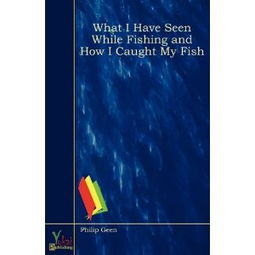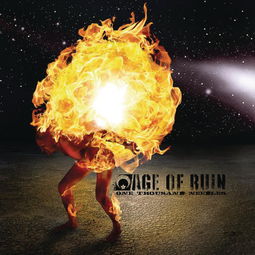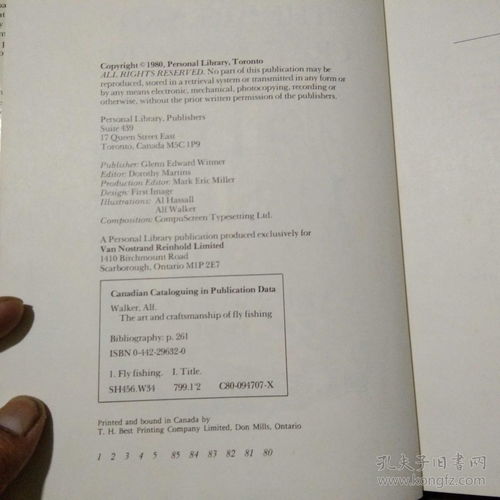Content:
Fishing along the drainage ditch can be a rewarding experience, offering a unique setting to catch a variety of fish. Whether you're a seasoned angler or a beginner looking to try something new, mastering the art of fishing along the water沟边 requires a combination of knowledge, patience, and the right techniques. In this article, we'll delve into the ins and outs of how to fish effectively along the drainage ditch, providing you with valuable tips and techniques to enhance your chances of a successful catch.
Understanding the Drainage Ditch Environment
Before you start fishing, it's crucial to understand the environment of the drainage ditch. These waterways are often characterized by a slow-moving current, which can be advantageous for certain types of fishing. However, they can also be prone to siltation and debris, which can affect fish behavior and your fishing experience. Here are some key points to consider:
Water Flow: Drainage ditches typically have a slow current, which is ideal for fishing with bait or lures that mimic natural prey. The slow flow allows for better presentation and increases the chances of attracting fish.
Vegetation: The presence of vegetation can be both a blessing and a curse. While it can provide cover for fish, it can also make casting and retrieving more challenging. Learn to navigate around or through the vegetation to find the best spots.
Debris: Be prepared for debris such as leaves, twigs, and other organic matter. This can tangle your line and affect your fishing experience. Regularly check your line and leader for obstructions.
Choosing the Right Equipment
The equipment you choose can significantly impact your success when fishing along the drainage ditch. Here are some recommendations:
Rod and Reel: A medium-action rod with a spinning reel is generally suitable for fishing in drainage ditches. The rod should be long enough to cast effectively but not too heavy, as you'll be doing a lot of casting.
Line: Use a monofilament line with a breaking strength of 6 to 12 pounds. This is strong enough to handle most fish in a drainage ditch without being too heavy, which can spook them.
Hooks: Depending on the type of fish you're targeting, choose the appropriate hook size. For smaller fish, a size 6 to 10 hook is usually sufficient. Larger fish may require larger hooks.
Bait or Lure: Live bait like worms, crickets, or minnows can be effective, but artificial lures such as spinners, buzz baits, or crankbaits can also work well. Experiment with different baits and lures to see what the fish prefer.
Fishing Techniques
Now that you have the right equipment, it's time to apply some fishing techniques:
Spot Selection: Look for areas where the water is deeper or where there are natural breaks in the bank. These spots can attract fish looking for shelter or food.

Casting: Cast your line upstream or into the current, allowing the bait or lure to drift naturally with the water flow. Avoid casting directly into the current, as this can make it difficult to control your bait.
Rigging: Depending on the type of fish you're targeting, you may need to rig your bait or lure differently. For example, for bottom feeders, a Carolina rig or a Texas rig can be effective.
Patience: Be patient. Fish in drainage ditches may not bite immediately. Wait for a few minutes before reeling in, and then try again. Sometimes, it takes a while for the fish to get used to the movement of your bait.
Adjustments: If you're not getting bites, don't be afraid to make adjustments. Change your bait, adjust your rigging, or try a different spot. Persistence is key.
Safety and Conservation
Always prioritize safety and conservation when fishing along the drainage ditch:
Safety First: Wear appropriate clothing and footwear to protect yourself from sharp objects and slippery surfaces. Always fish with a partner or inform someone of your location.
Leave No Trace: Be mindful of your impact on the environment. Dispose of trash properly and avoid disturbing the natural habitat.
Catch and Release: If you're not planning to keep the fish, consider catch and release practices to ensure the sustainability of the fish population.
In conclusion, fishing along the drainage ditch can be a delightful and productive activity. By understanding the environment, choosing the right equipment, applying effective techniques, and practicing safety and conservation, you can enhance your chances of a successful catch. So, grab your gear, head to the water沟边, and enjoy the art of fishing in this unique setting. Happy fishing!












